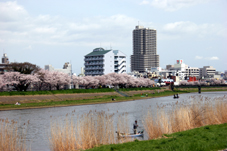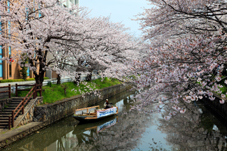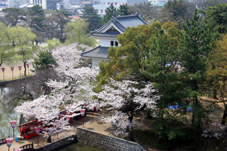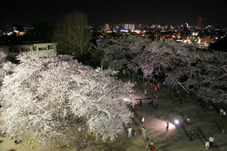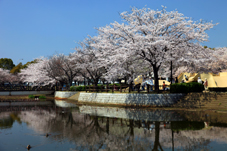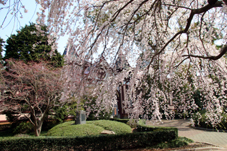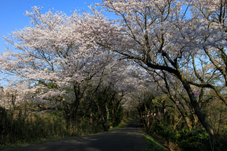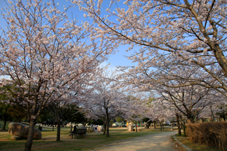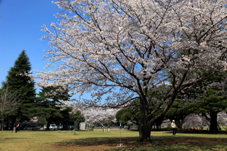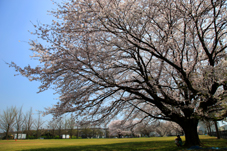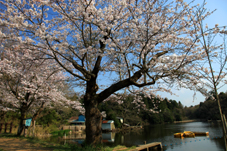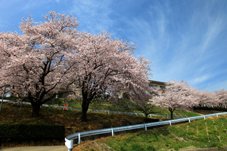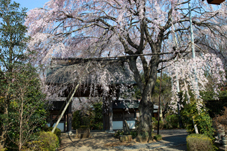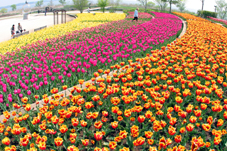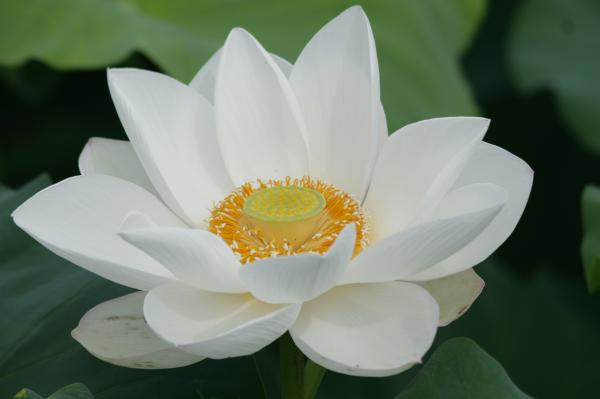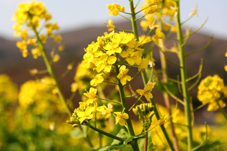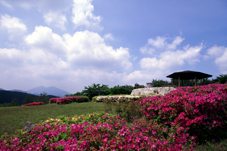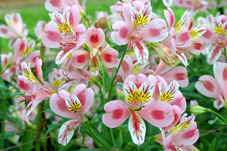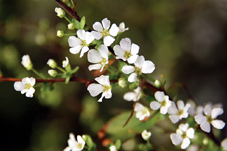Flowers and Lotus Root 花・ハス等の紹介
Cherry blossoms『桜』
The cherry blossom is the city flower of Tsuchiura. There are many places throughout the city where you can enjoy the pale pink cherry blossoms and smell their subtle fragrance, including Sakuragawa riverbanks, Shinkawa riverbanks, Kijo Park, Manabe Elementary School, and Ottonuma Park.
Sakuragawa riverbanks(Mushikake and Hasukawara areas,Tsuchiura) ●桜川堤
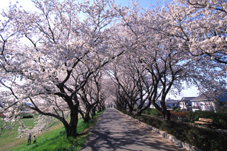
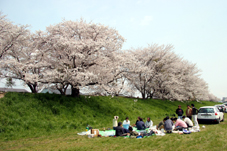
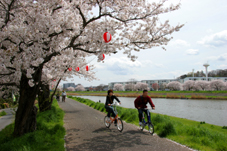
Shinkawa riverbanks (Manabe area, Tsuchiura) ●新川堤
About 200 cherry trees are planted along both sides of this narrow river. When they are in full bloom, the branches hang down over the river surface, making a fantastic tunnel of cherry blossoms with their beautiful reflection on the water.
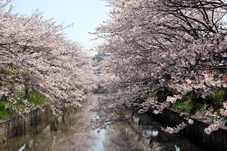
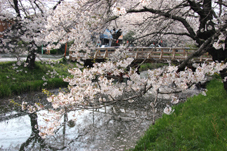
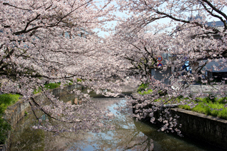
Kijo Park (1-13, Chuo, Tsuchiura) ●亀城公園
Established on the ruins of Tsuchiura Castle, which was built in the Muromachi period (1338-1573), Kijo Park is now a place to relax. The name Kijo refers to the turtle shape of the castle in its moat. The watchtower gate is the only one of its kind that remains in the Kanto region, and is the symbol of the park. The park’s 70-odd cherry trees create a beautiful harmony with the watchtower gate and the moat.
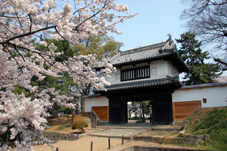
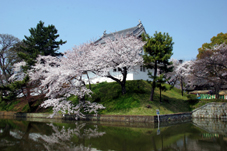
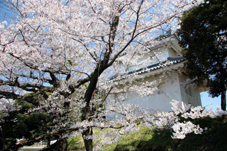
Manabe Elementary School (4-3-1, Manabe, Tsuchiura) ●真鍋小学校
In the center of the schoolyard grow five big cherry trees planted in 1907 to commemorate the construction of the school. These trees were designated as a prefectural natural treasure in 1957. At the school's traditional welcome to first-graders at cherry blossom time, the upper graders welcome the first graders under the cherry trees. The sixth graders carry the first graders on their back under the cherry blossoms.
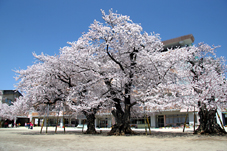
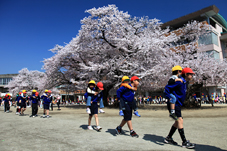
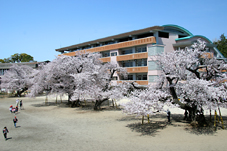
Ottonuma Park(50-10, Nakamura Nishine, Tsuchiura) ●乙戸沼公園
Ottonuma Park is famous for the cherry trees that ring the pond. About 900 cherry trees draw people in blossom season. Lying in a rich natural environment, the park is home to a variety of migrant birds in winter. The walking trail around the pond offers a place to relax.
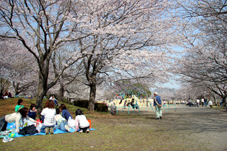
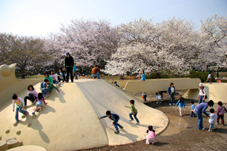
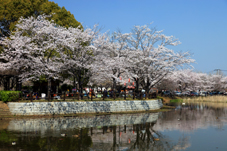
Old Tsuchiura Junior High School (4-4-2, Manabe, Tsuchiura) ●旧制土浦中学校本館
The main building of the Old Tsuchiura Junior High School, built in 1904, is one of the few wooden European-style buildings in Japan. It is now located in the campus of Tsuchiura First High School. The building is characterized by the Gothic architecture of its façade, which is rare in Japan, and is designated as a national important cultural property. The school buildings and cherry blossoms make a beautiful combination. Open to the public on the second Saturday of every month.
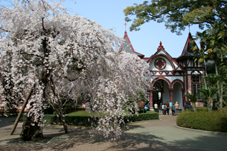
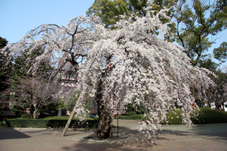
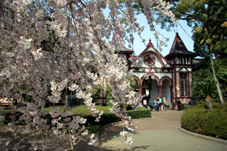
Ryugamine (987, Nagai, Tsuchiura) ●竜ヶ峰
The 700 cherry trees along both sides of the road make a beautiful tunnel of blossoms when they are in full bloom.
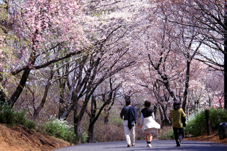
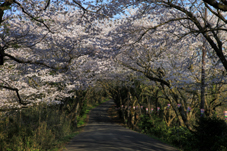

Kasumigaura General Park (145, Oiwata, Tsuchiura) ●霞ヶ浦総合公園
This large park, identified by its Dutch windmill, is flooded with families on holidays.
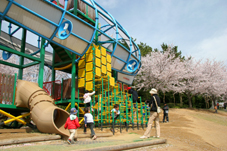
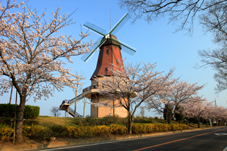
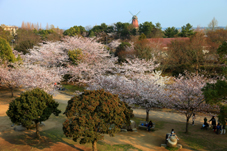
Kandatsu Park(3, Kita Kandatsu-machi, Tsuchiura) ●神立公園
This park is a relaxing space in the center of the Kandatsu Industrial Park. You can stroll around under the long branches of the big cherry trees.
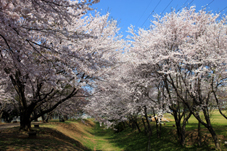
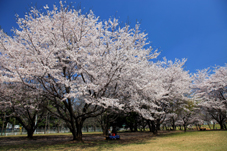
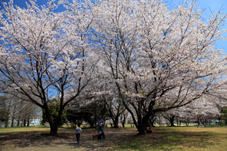
Nakanuki Park (3, Higashi Nakanuki-machi, Tsuchiura) ●中貫公園
A relaxing space in the northern part of the Kandatsu Industrial Park. After exercise, you can rest in the shade of the cherry trees.
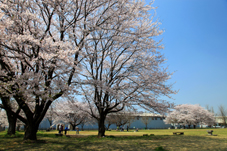
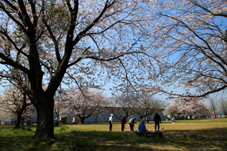
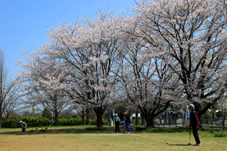
Shishitsuka Pond(Shishitsuka area, Tsuchiura) ●宍塚大池
In the hundred-hectare forest around the pond, there are many ancient remains, including the Shishitsuka tumulus and Kamitakatsu shell midden. The blossoms of the big cherry trees surrounding the pond are beautiful.
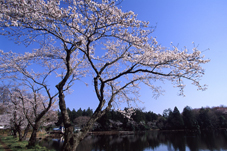

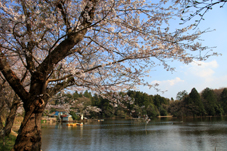
Tsuchiura Daisan High School(1599, Oiwata, Tsuchiura) ●土浦第三高等学校
The slope from Route 125 to the main school gate makes a tunnel of cherry blossoms, which welcomes new students every April.
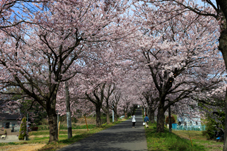
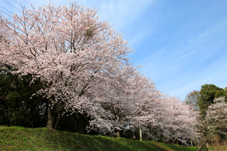
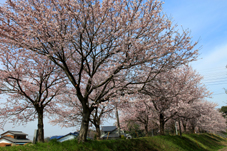
Jinguji Temple(1535, Fujisawa, Tsuchiura) ●神宮寺
The beautiful pale pink blossoms of the weeping cherry trees mark the entrance of the temple. The combination of cherry blossoms and temple creates a very Japanese scene.
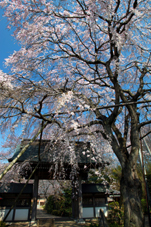
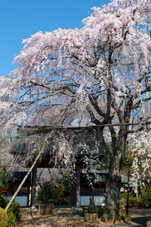
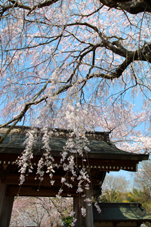
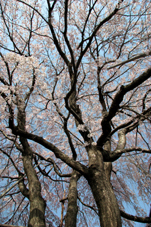
In Kasumigaura General Park, tulips are planted every year in the gardTens in front of the Dutch windmill, the symbol of the park. The gradation of colorful tulips harmonizes with the windmill.
Kasumigaura General Park (145, Oiwata , Tsuchiura) ●霞ヶ浦総合公園
About 30,000 tulips bloom from late April to early May.
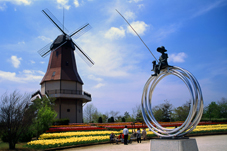
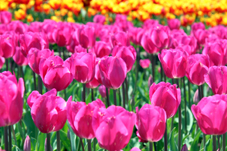
Lotus『ハス』
Tsuchiura is the biggest lotus root (renkon) production area in Japan. Lotus roots are grown around Lake Kasumigaura in a unique landscape of swamp carpeted with lotus leaves and flowers.
Lotus fields(Kidamari, Teno, Tamura, and Okijuku areas, Tsuchiura) ●ハス田
From late July to early August, white lotus flowers created a vivid contrast with the green leaves,.
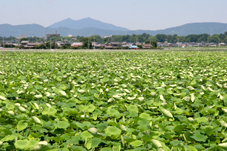
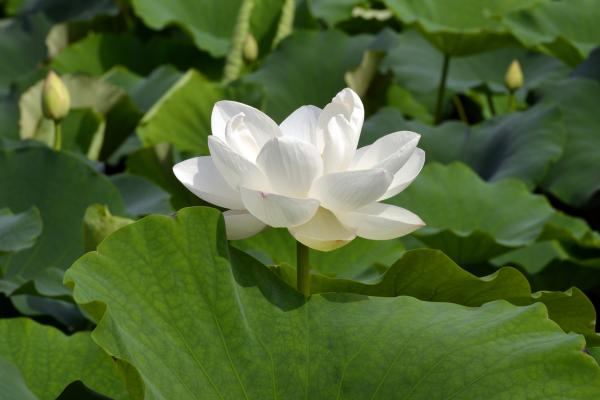
Soba(buckwheat)『そば』
Buckwheat fields surround the northwestern area of Tsuchiura. You can see buckwheat flowers from late September to early October. Soba noodles made from the indigenous buckwheat flour are served at the restaurant in Komachi no Yakata. You can even make your own soba noodles (reservation necessary).
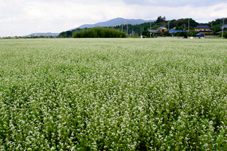
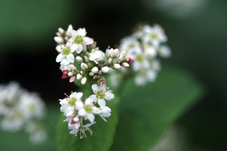
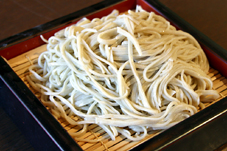
Rapeseed blossoms 『菜の花』
Fields of oilseed rape are scattered around the Niihari area in Tsuchiura. The yellow carpet of rapeseed blossoms from mid March to early April tells of the arrival of spring.
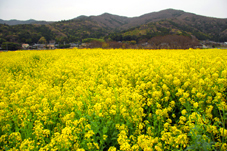
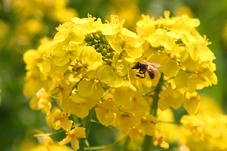
Azalea 『つつじ』
The azaleas planted around the observatory in Asahi Observation Park bloom in late April to mid May. The vivid red and white flowers make a good combination with the wide view of the Kanto Plain.
Asahi Observation Park (Yasuragi no Mori) (1291-14, Ono, Tsuchiura) ●朝日峠展望公園
Lying at the foot of Mt. Tsukuba, this park is listed as one of the best 100 tourist attractions in Ibaraki Prefecture. From the observation tower, you can survey the Kanto Plain, and in fine weather, even Mt. Fuji and Shinjuku Subcenter. The park is also a Mecca for sky sports, where colorful paragliders dot the sky.
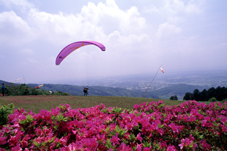
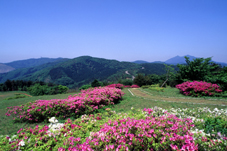
Gladiolus 『グラジオラス』
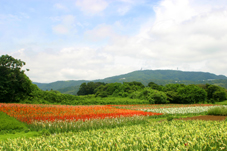
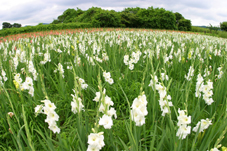
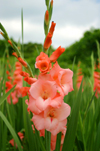
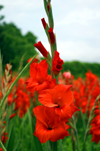
Alstroemeria 『アルストロメリア』
Alstroemeria looks like a small lily in shape.but has colorful petals with vivid spots and line.Tsuchiura is the leading producer in the prefecture,shipping 4 million Alstroemeria flowers annually.
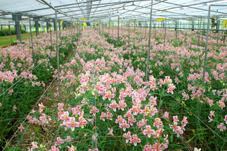
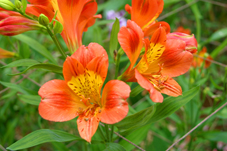
Wiiows 『ヤナギ類』
In the Niihari area,willows are widely grown for use with cut flowers and in flower arrangements.The variety and quantity of willows produced there are believed to be number one in Japan.
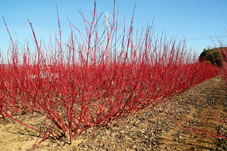
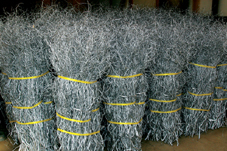
|
For more information, please contact the Tourism and Products Section, Department of Industry and Tourism. |
|
Tsuchiura City Office (3rd floor), 9-1, Yamato-cho, Tsuchiura 300-8686 |
|
[TEL] 029-826-1111 029-826-1111 ext. 2705, 2706 |
|
[FAX] 029-823-9220 029-823-9220 (common) |
|
|
問い合わせ先
このページに関するお問い合わせは商工観光課 観光物産係です。
土浦市役所(本庁舎 3階) 〒300-8686 茨城県土浦市大和町9番1号
電話番号:029-826-1111(代) 内線2705・2706
メールでのお問い合わせはこちらアンケート
土浦市ホームページをより良いサイトにするために、皆さまのご意見・ご感想をお聞かせください。
なお、この欄からのご意見・ご感想には返信できませんのでご了承ください。
- 2020年7月10日
- 印刷する
